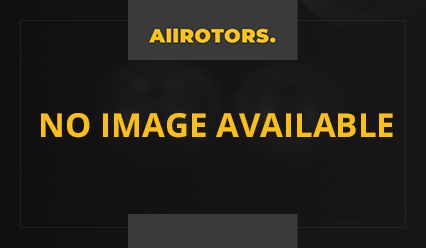2003 Ford Explorer Brake Rotors and Pads
Click here to search another vehicle
All Rotors:
OEM x
Coated x
Drilled, Slotted and Coated x
Front x
Rear x
All Pads:
Ceramic x
Semi-metallic x
Front x
Rear x
Found 23 record
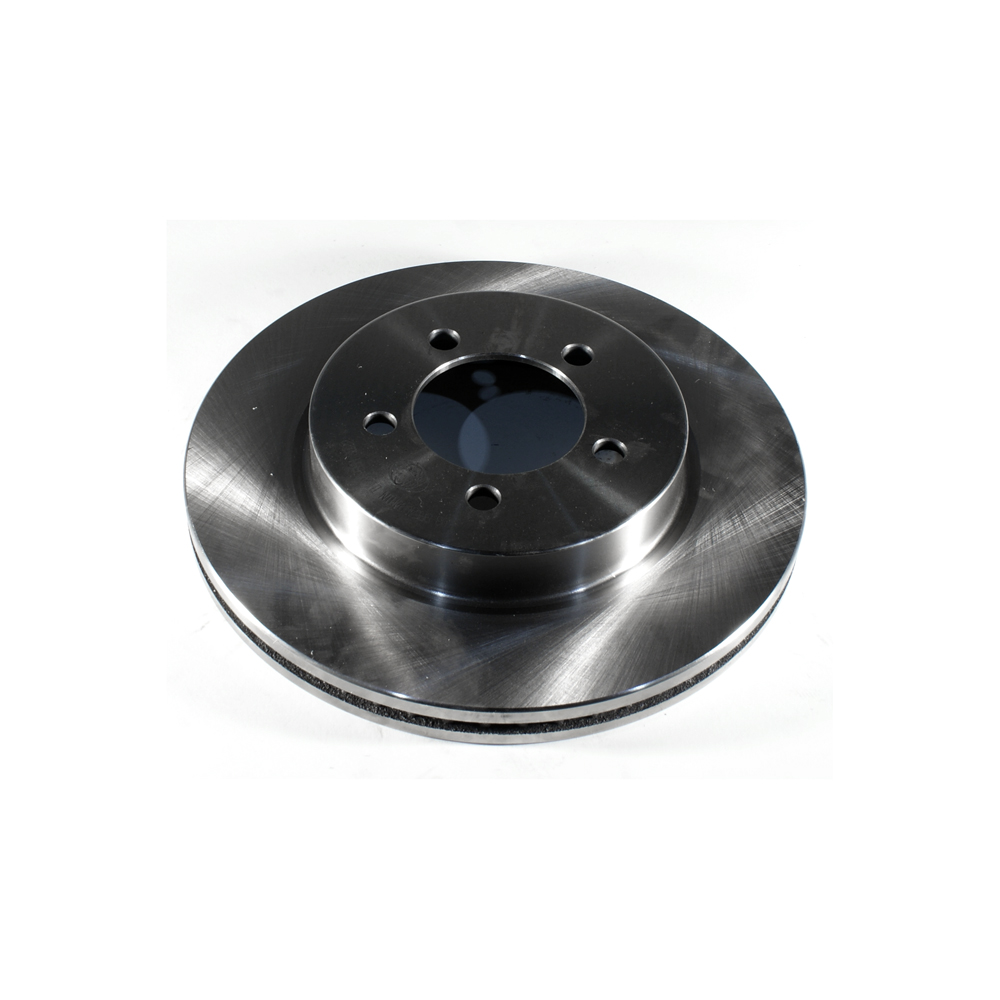
Part No: BR54094
Raybestos: 680014
OE: 4L2Z1125AA
Raybestos: 680014
OE: 4L2Z1125AA
$37.73 each
Per Car QTY: 2
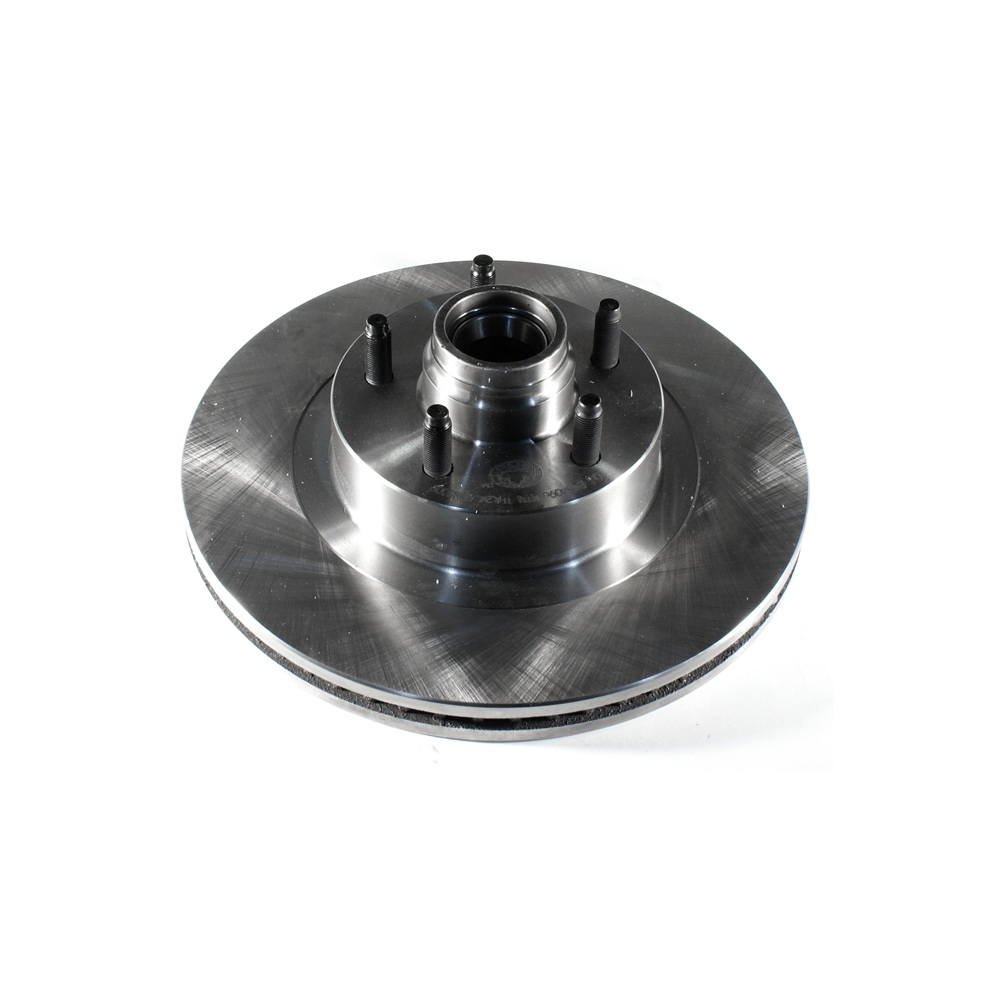
Part No: BR54096
Raybestos: 680021
OE: 5L5Z1102BA
Raybestos: 680021
OE: 5L5Z1102BA
$70.9 each
Per Car QTY: 2
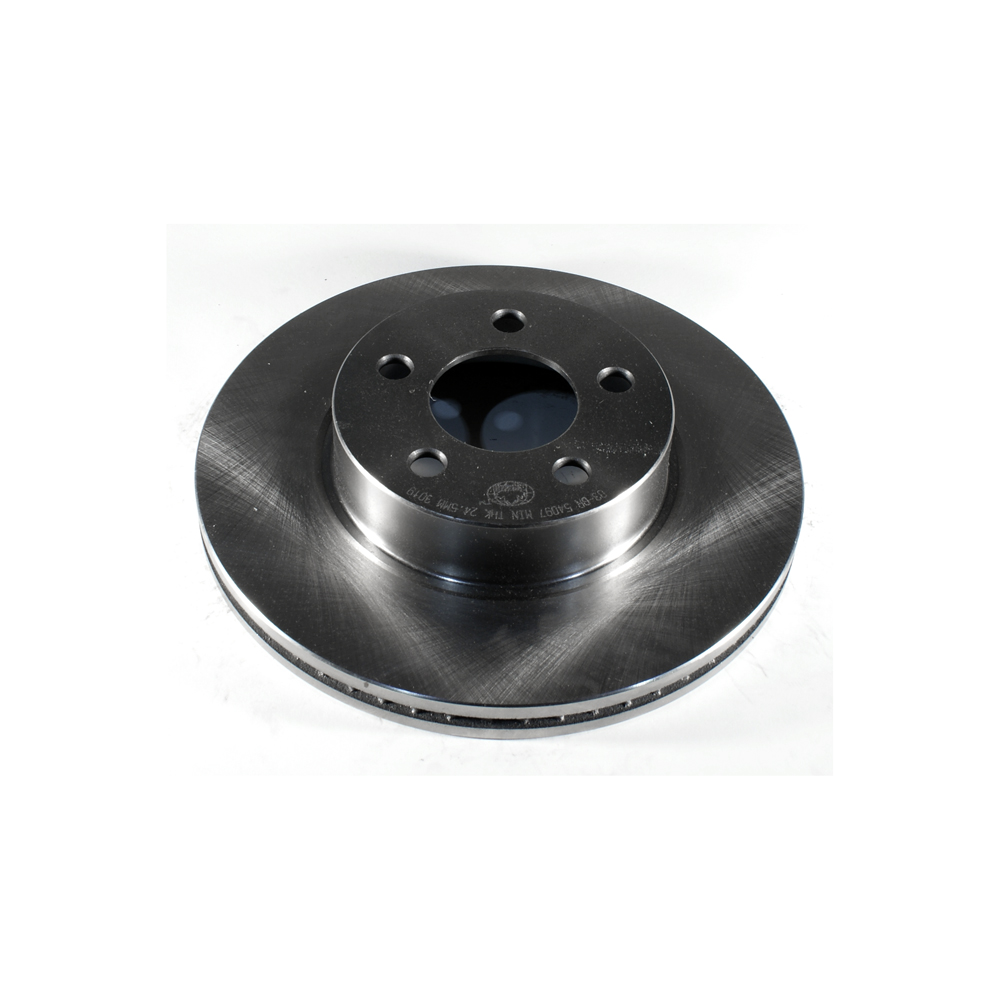
Part No: BR54097
Raybestos: 680027
OE: 5L5Z1125AA
Raybestos: 680027
OE: 5L5Z1125AA
$42.3 each
Per Car QTY: 2
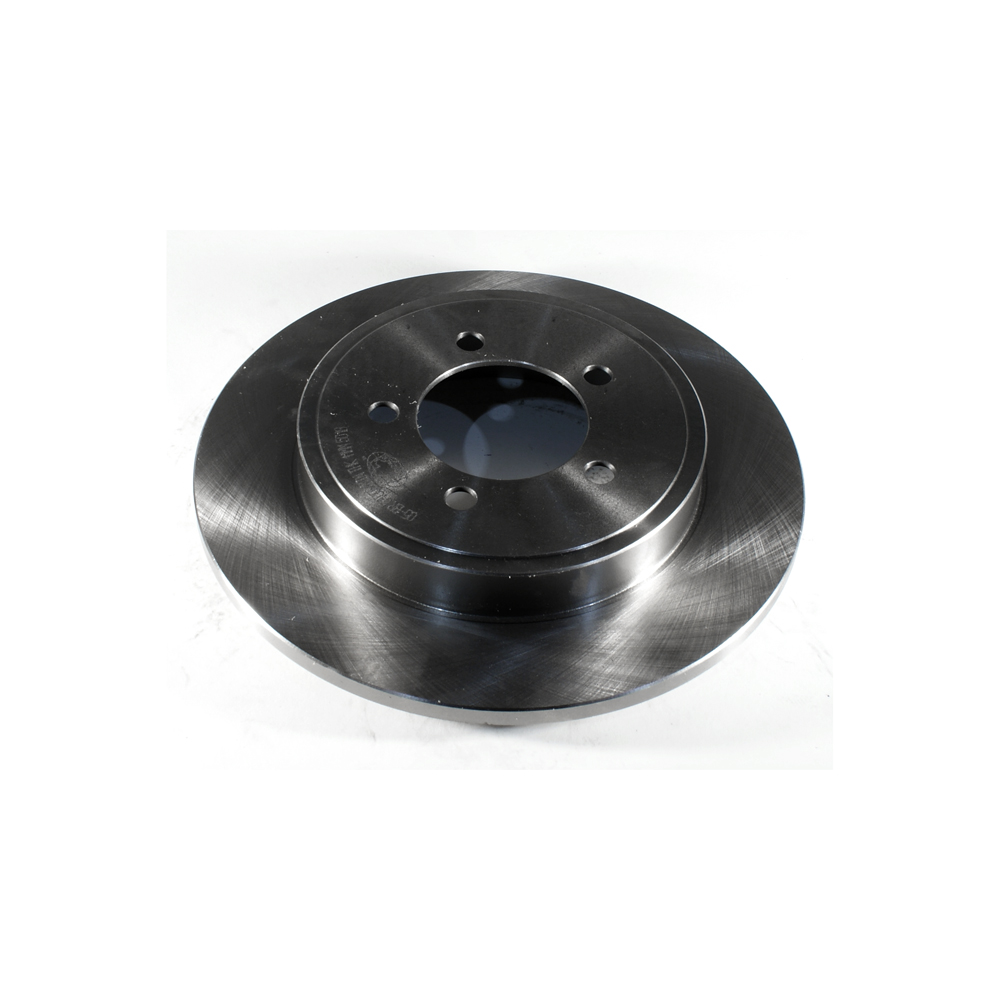
Part No: BR54098
Raybestos: 680026
OE: 5L2Z2C026A
Raybestos: 680026
OE: 5L2Z2C026A
$32.02 each
Per Car QTY: 2

Part No: BR54114
Raybestos: 680147
OE: 3L2Z2C026AA
Raybestos: 680147
OE: 3L2Z2C026AA
$36.59 each
Per Car QTY: 2
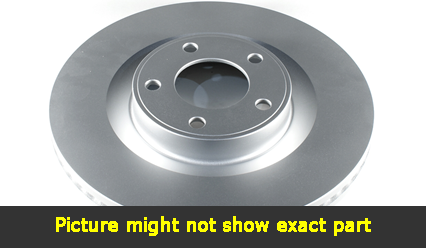
Part No: PP54094
Raybestos: 680014
OE: 4L2Z1125AA
Raybestos: 680014
OE: 4L2Z1125AA
$53.55 each
Per Car QTY: 2
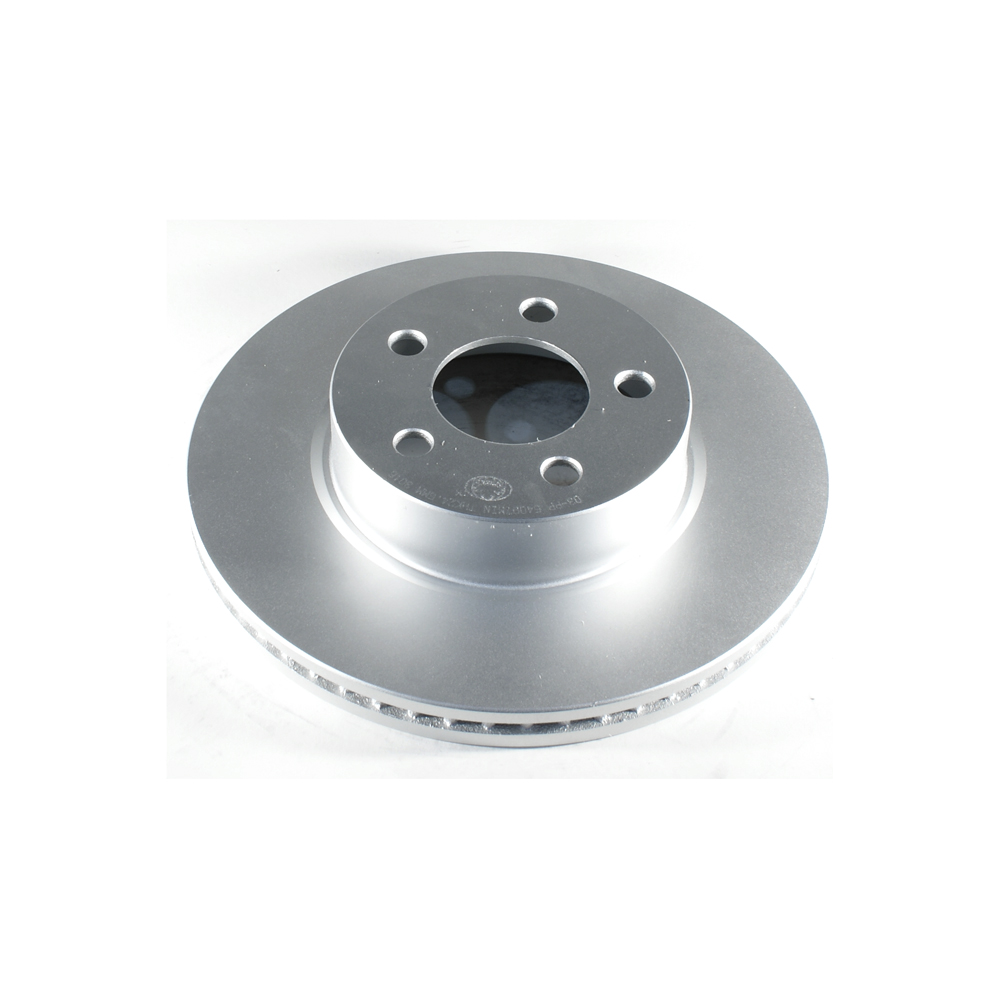
Part No: PP54097
Raybestos: 680027
OE: 5L5Z1125AA
Raybestos: 680027
OE: 5L5Z1125AA
$56.86 each
Per Car QTY: 2
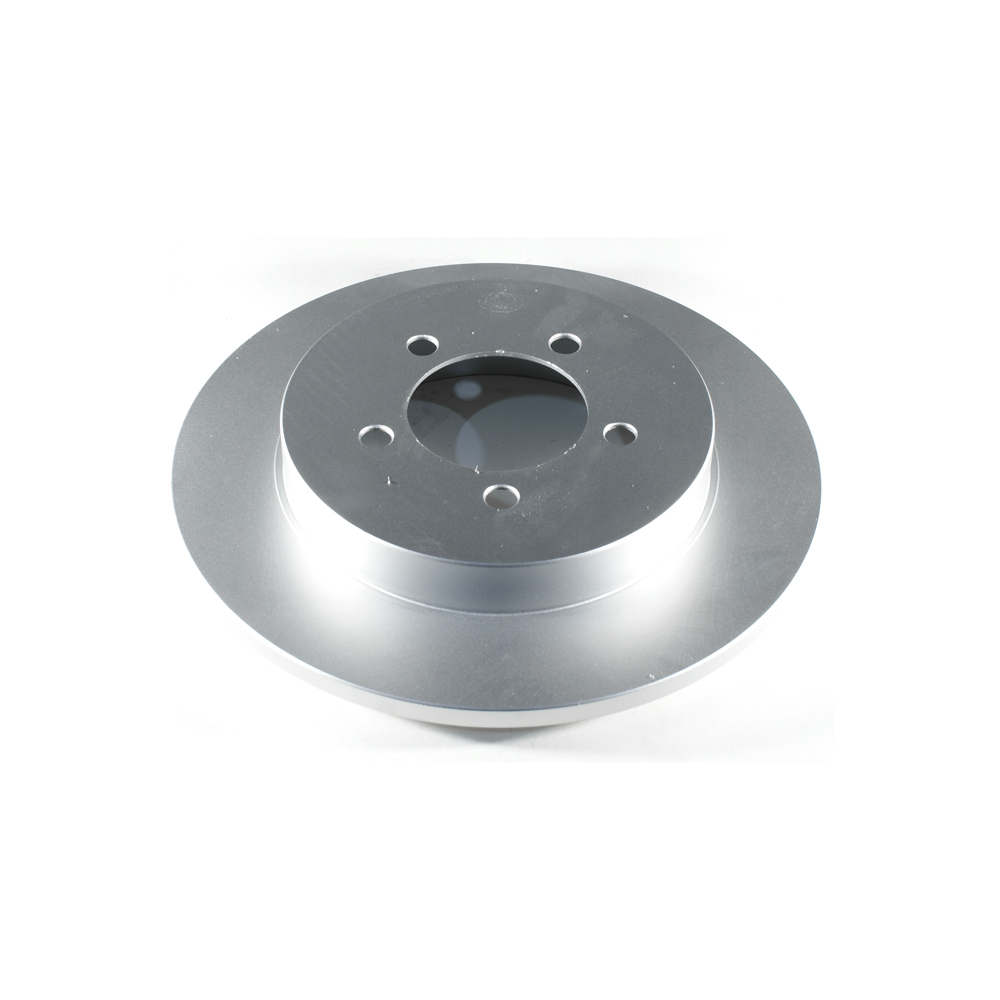
Part No: PP54098
Raybestos: 680026
OE: 5L2Z2C026A
Raybestos: 680026
OE: 5L2Z2C026A
$45.45 each
Per Car QTY: 2
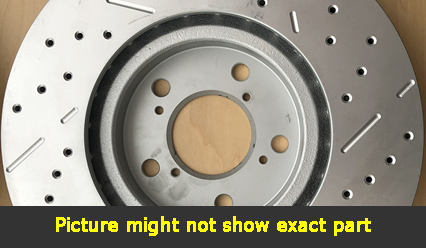
Part No: SP54094L
Raybestos: 680014
OE: 4L2Z1125AA
Raybestos: 680014
OE: 4L2Z1125AA
$85.95 each
Per Car QTY: 1
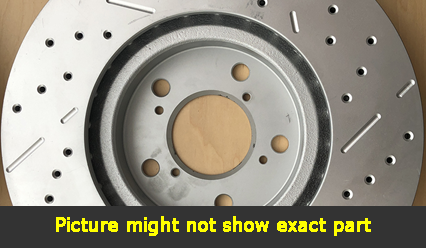
Part No: SP54094R
Raybestos: 680014
OE: 4L2Z1125AA
Raybestos: 680014
OE: 4L2Z1125AA
$85.95 each
Per Car QTY: 1
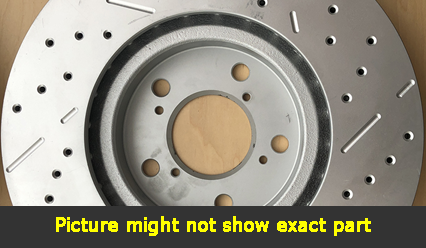
Part No: SP54098L
Raybestos: 680026
OE: 5L2Z2C026A
Raybestos: 680026
OE: 5L2Z2C026A
$77.85 each
Per Car QTY: 1
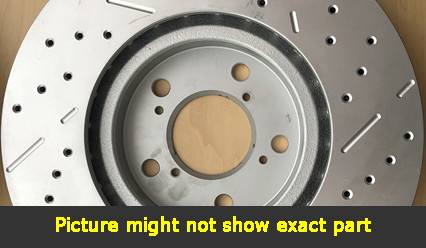
Part No: SP54098R
Raybestos: 680026
OE: 5L2Z2C026A
Raybestos: 680026
OE: 5L2Z2C026A
$77.85 each
Per Car QTY: 1
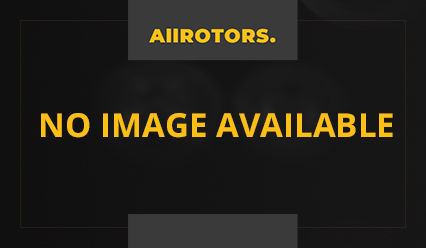
Part No: UP54097L
Raybestos: 680027L
OE: 5L5Z1125AA
Raybestos: 680027L
OE: 5L5Z1125AA
$97.13 each
Per Car QTY: 1
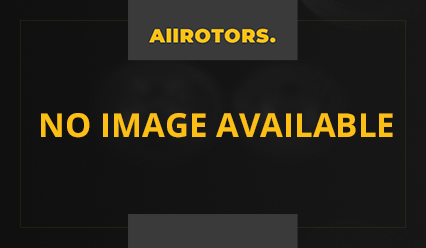
Part No: UP54097R
Raybestos: 680027R
OE: 5L5Z1125AA
Raybestos: 680027R
OE: 5L5Z1125AA
$97.13 each
Per Car QTY: 1
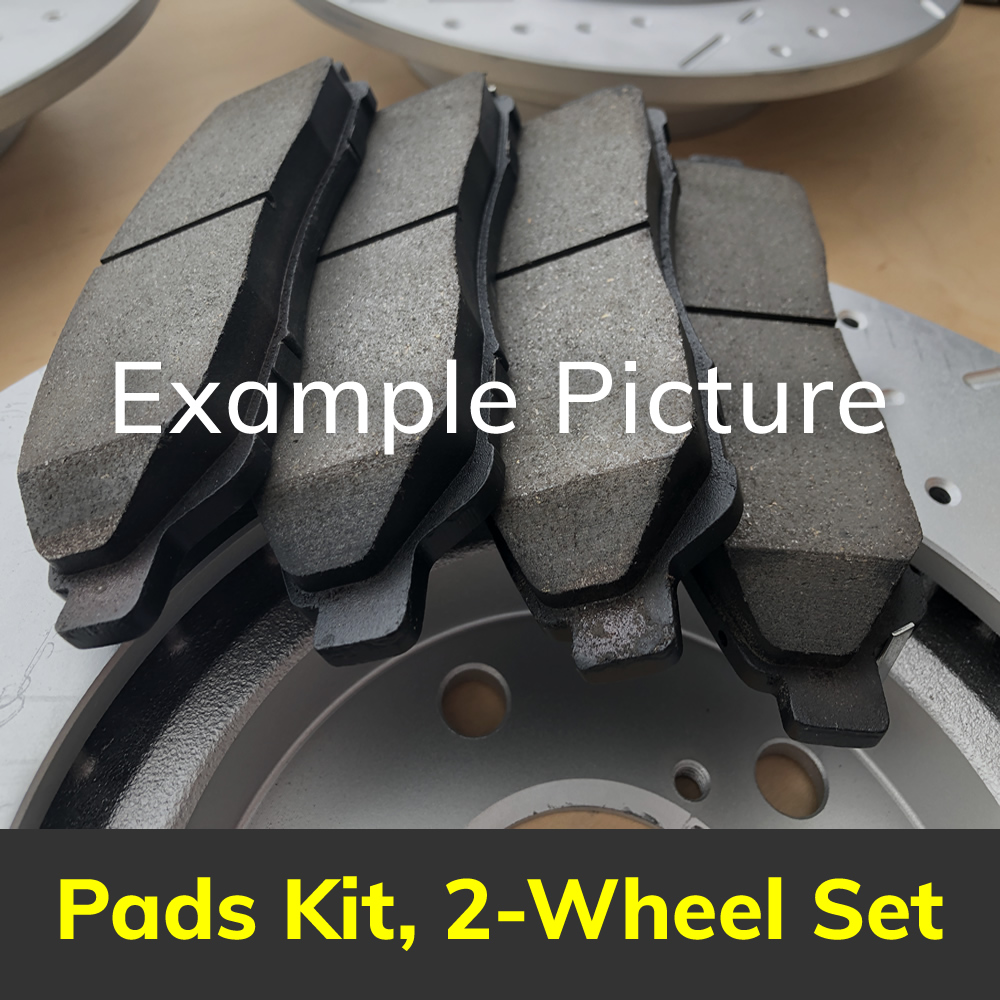
Part No: PD833C
Raybestos: 833
OE:
Raybestos: 833
OE:
$35.41 each
Per Car QTY: 1
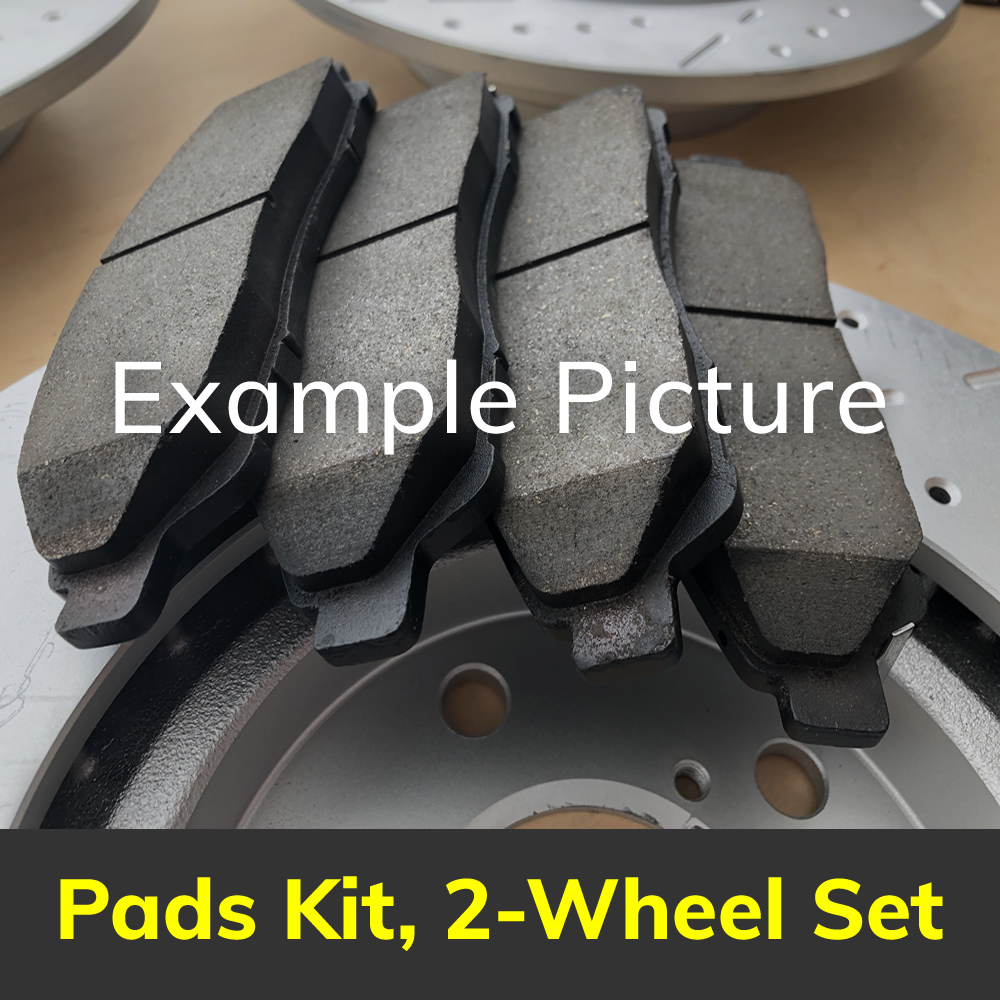
Part No: PD881C
Raybestos: 881
OE:
Raybestos: 881
OE:
$40.9 each
Per Car QTY: 1
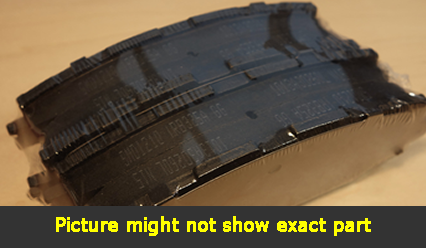
Part No: SMD833
Raybestos:
OE:
Raybestos:
OE:
$22.63 each
Per Car QTY: 1
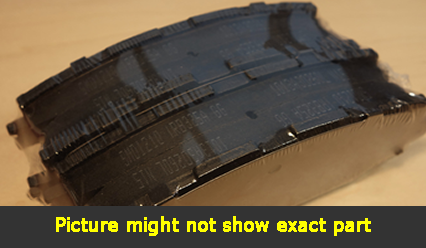
Part No: SMD667
Raybestos:
OE:
Raybestos:
OE:
$19.78 each
Per Car QTY: 1
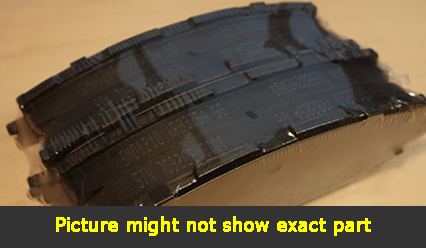
Part No: SMD881
Raybestos:
OE:
Raybestos:
OE:
$22.54 each
Per Car QTY: 1
How to Choose the Right Brakes for Your 2003 Ford Explorer
Choosing the right brakes for your vehicle is essential for maintaining safety and maximizing performance. When it comes to a 2003 Ford Explorer, selecting the right brakes can sometimes be overwhelming due to the numerous options available in the market. In this article, we'll guide you through the process of choosing the right brakes for your 2003 Ford Explorer, ensuring a smooth and efficient driving experience.
1. Determine your driving needs: Before choosing brakes, it's crucial to consider how you primarily use your vehicle. Do you use it mostly for daily commuting, long highway drives, or off-road adventures? Each driving style may require different brake characteristics. For daily commuting, standard brake pads and rotors would work just fine. For off-road driving or heavy towing, you might want to consider heavy-duty brakes that provide enhanced stopping power.
2. OEM vs. aftermarket brakes: Original Equipment Manufacturer (OEM) brakes are the same as the brakes your vehicle rolled off the assembly line with. They are designed to meet the vehicle manufacturer's specifications and provide good performance. Aftermarket brakes, on the other hand, offer a variety of options in terms of price, performance, and quality. While OEM brakes are reliable, aftermarket brakes may offer better performance, longer life, and sometimes even cost savings. Consider your preferences and budget when deciding between OEM or aftermarket brakes.
3. Brake pad material: Brake pads are available in different materials, each with unique characteristics. The most common types include:
- Organic: Organic brake pads are made from a mixture of various materials like rubber, fiber, and other organic compounds. They are quiet, provide smooth braking performance, and generate less dust. However, they tend to wear out faster and may not perform as well under extreme conditions.
- Semi-metallic: Semi-metallic brake pads contain a mixture of metal fibers, graphite, and other inorganic materials. They offer improved heat dissipation and provide better performance under heavy use or high temperatures. However, they can be noisy and produce more dust.
- Ceramic: Ceramic brake pads are made from a combination of ceramic materials, copper fibers, and other components. They offer excellent stopping power, low noise levels, minimal dust production, and longer pad life. However, they are generally more expensive than organic or semi-metallic pads.
Consider your driving needs, budget, and preferences to determine the best brake pad material for your 2003 Ford Explorer.
4. Rotor selection: The brake rotor, also known as the brake disc, is another important component to consider. It is advisable to replace rotors when changing brake pads to ensure optimal performance. There are various types of rotors available, such as standard rotors, slotted rotors, and drilled rotors. Each type offers different benefits:
- Standard rotors: These are the most commonly used rotors and provide reliable performance for regular driving conditions.
- Slotted rotors: Slotted rotors have slots machined into the disc's surface, which helps prevent the build-up of gas and debris. They may offer improved performance and better heat dissipation, making them suitable for high-stress driving situations.
- Drilled rotors: Drilled rotors feature holes drilled through the disc, helping to dissipate heat more efficiently. However, they may be more prone to cracking or breaking under heavy use, making them better suited for lighter driving conditions.
Consider your driving style and needs to choose the appropriate rotor type for your Ford Explorer.
5. Seek professional advice: If you are unsure about which brakes to choose or how to install them, it's always recommended to consult with a professional mechanic or a trusted automotive expert. They can provide valuable insight based on their expertise and experience, ensuring the selection and installation process is done correctly and safely.
By following these steps, you'll be able to confidently choose the right brakes for your 2003 Ford Explorer. Remember, safety should always be a top priority when selecting any vehicle components, especially brakes.
Choosing the right brakes for your vehicle is essential for maintaining safety and maximizing performance. When it comes to a 2003 Ford Explorer, selecting the right brakes can sometimes be overwhelming due to the numerous options available in the market. In this article, we'll guide you through the process of choosing the right brakes for your 2003 Ford Explorer, ensuring a smooth and efficient driving experience.
1. Determine your driving needs: Before choosing brakes, it's crucial to consider how you primarily use your vehicle. Do you use it mostly for daily commuting, long highway drives, or off-road adventures? Each driving style may require different brake characteristics. For daily commuting, standard brake pads and rotors would work just fine. For off-road driving or heavy towing, you might want to consider heavy-duty brakes that provide enhanced stopping power.
2. OEM vs. aftermarket brakes: Original Equipment Manufacturer (OEM) brakes are the same as the brakes your vehicle rolled off the assembly line with. They are designed to meet the vehicle manufacturer's specifications and provide good performance. Aftermarket brakes, on the other hand, offer a variety of options in terms of price, performance, and quality. While OEM brakes are reliable, aftermarket brakes may offer better performance, longer life, and sometimes even cost savings. Consider your preferences and budget when deciding between OEM or aftermarket brakes.
3. Brake pad material: Brake pads are available in different materials, each with unique characteristics. The most common types include:
- Organic: Organic brake pads are made from a mixture of various materials like rubber, fiber, and other organic compounds. They are quiet, provide smooth braking performance, and generate less dust. However, they tend to wear out faster and may not perform as well under extreme conditions.
- Semi-metallic: Semi-metallic brake pads contain a mixture of metal fibers, graphite, and other inorganic materials. They offer improved heat dissipation and provide better performance under heavy use or high temperatures. However, they can be noisy and produce more dust.
- Ceramic: Ceramic brake pads are made from a combination of ceramic materials, copper fibers, and other components. They offer excellent stopping power, low noise levels, minimal dust production, and longer pad life. However, they are generally more expensive than organic or semi-metallic pads.
Consider your driving needs, budget, and preferences to determine the best brake pad material for your 2003 Ford Explorer.
4. Rotor selection: The brake rotor, also known as the brake disc, is another important component to consider. It is advisable to replace rotors when changing brake pads to ensure optimal performance. There are various types of rotors available, such as standard rotors, slotted rotors, and drilled rotors. Each type offers different benefits:
- Standard rotors: These are the most commonly used rotors and provide reliable performance for regular driving conditions.
- Slotted rotors: Slotted rotors have slots machined into the disc's surface, which helps prevent the build-up of gas and debris. They may offer improved performance and better heat dissipation, making them suitable for high-stress driving situations.
- Drilled rotors: Drilled rotors feature holes drilled through the disc, helping to dissipate heat more efficiently. However, they may be more prone to cracking or breaking under heavy use, making them better suited for lighter driving conditions.
Consider your driving style and needs to choose the appropriate rotor type for your Ford Explorer.
5. Seek professional advice: If you are unsure about which brakes to choose or how to install them, it's always recommended to consult with a professional mechanic or a trusted automotive expert. They can provide valuable insight based on their expertise and experience, ensuring the selection and installation process is done correctly and safely.
By following these steps, you'll be able to confidently choose the right brakes for your 2003 Ford Explorer. Remember, safety should always be a top priority when selecting any vehicle components, especially brakes.




